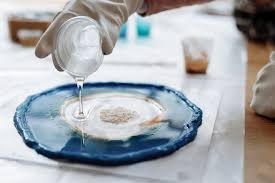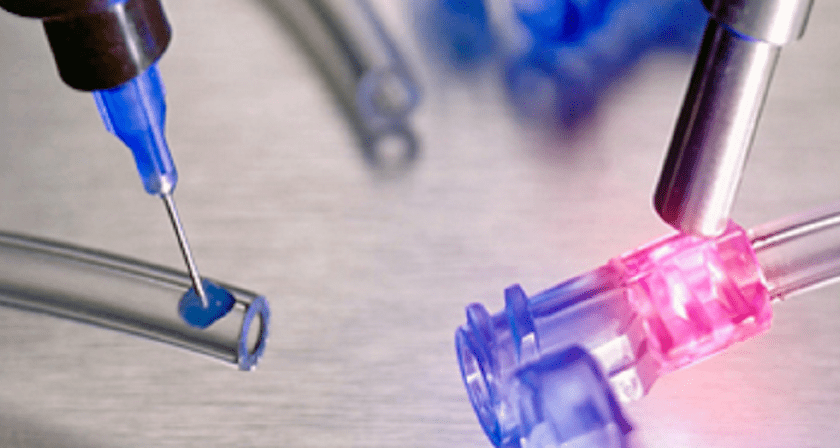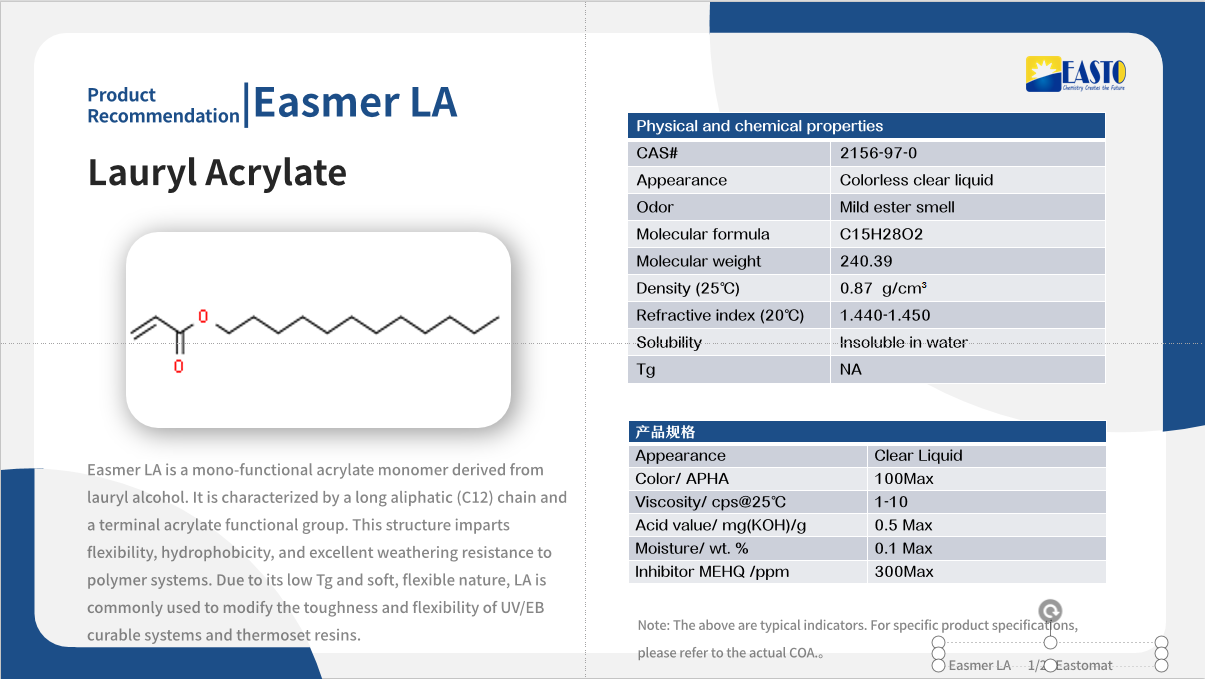What Makes UV-Cure PSAs Stand Out
Release time:
2025-08-09
1. Understanding Pressure-Sensitive Adhesives: Concept, Mechanism & Major Types
What Are PSAs?
Pressure-sensitive adhesives (PSAs) are unique in that they bond surfaces by simply applying light pressure—no heat, solvents, or water activation is required . Renowned for their tackiness at room temperature, these adhesives balance viscosity and elasticity: they can “wet” the surface yet resist flow under stress.
How Do PSAs Work?
At the molecular level, PSA performance stems from viscoelastic properties—soft enough to deform and make intimate contact (wettability), but cohesive enough to resist peeling or shear once applied. Applied pressure improves contact, boosting molecular interactions like van der Waals forces.
Common Types of PSAs
PSAs are typically categorized into several families: acrylic, rubber (natural or synthetic), silicone, UV/E-beam (energy-curable), and structural foam (e.g., VHB) .
Rubber-resin PSAs offer high initial tack and strong grip but are less enduring outdoors—prone to UV, oxidation, and heat degradation. Ideal for indoor tapes, packaging, and some medical wraps.
Acrylic PSAs are weather-resistant, UV-stable, solvent-resistant, and operate over wide temperature ranges (e.g. –40 °C to ~120 °C) . Their initial tack is lower and may reach full strength over dwell time (up to 72 hours) .
Silicone PSAs stand out for extreme-temperature performance (e.g. –175 °F to +500 °F), exceptional environmental and chemical resistance, and ability to adhere to low-energy substrates . They typically have lower initial tack and cost more.
2. UV-Curing Pressure-Sensitive Adhesives: Traits & Comparison
What Defines a UV-PSA?
UV-curing PSAs (UV-PSAs), or energy-curable PSAs, initiate polymer cross-linking when exposed to ultraviolet (UV) radiation, eliminating solvents or thermal curing . They are 100% solids and can cure in seconds, fast-tracking production and reducing VOC emissions.
Core Advantages
From a high-performance resin perspective, UV-PSAs offer:
Rapid curing, often in seconds to minutes, boosting throughput.
Environmental friendliness due to solvent-free formulas and low VOCs .
Customizable formulations, allowing adjustments in rheology, tack, cohesion, and curing behavior via resin and photoinitiator selection .
Strong cohesion and initial adhesion, enhancing durability and process efficiency .
Anti-yellowing properties, maintaining clarity—vital for optical or display uses .
Comparative Overview
Feature / Type | Rubber PSA | Acrylic PSA | Silicone PSA | UV-Cure PSA |
Initial Tack | High | Moderate | Low–Moderate | Tunable (often high) |
Curing Mechanism | None; pressure only | None; pressure only | None; pressure only | UV-initiated crosslinking |
UV / Weather Resistance | Poor | Excellent | Excellent | Excellent (& anti-yellowing) |
Temperature Range | Limited (~0–180 °F) | Broad (~–40 to 250 °F) | Very broad (extreme range) | Broad, depending on resin |
Environmental Impact | Solvent-based often | Solvent-based or emulsion | Typically solvent-based | 100% solids; low VOC |
Initial Bonding Speed | Fast | Moderate (dwell build-up) | Slow-moderate (form over time) | Very fast (UV cure) |
Customizing Formulation | Some flexibility | High | Moderate | Very high |
3. Application Fields of UV-Curing PSAs
UV-PSAs are carving out growing niches across industries due to their unique properties:
Electronics & Displays
They are well-suited for display screen protective films, offering clarity, anti-yellowing, and fast curing for high-throughput screen lamination processes . Similarly, they assist in fixing flexible circuit boards, where excellent cohesion and initial adhesion ensure stability under vibration .
Packaging & Labeling
In fast-paced packaging lines, UV-PSAs enable quick bonding for films and labels, enhancing production speed. Plus, improved appearance and longevity appeal to high-barrier or visually demanding packaging formats .
Automotive & Interiors
UV-PSAs are increasingly used for interior part assembly and light fixtures. Their temperature and weather resistance, combined with transparency and non-yellowing traits, make them ideal for long-term, visible applications like instrument panels or lighting elements.
Medical & Optical Devices
Fast, clean curing and tailored clarity/adhesion properties make UV-PSAs attractive for optical devices, display overlays, and potentially medical tapes, especially where biocompatibility and visual appearance are key.
Semiconductors & Precision Processing
In suggesting applications akin to dicing or wafer processing, UV-activated tapes allow precise curing and clean release in delicate environments—though specifics depend on tailored chemistries .
In Summary
Pressure-sensitive adhesives (PSAs) form bonds through simple pressure, harnessing viscoelastic, cohesive adhesion without activation by heat or solvents. Rubber, acrylic, and silicone PSAs each have unique strengths—tackiness, weather durability, and temperature range, respectively. UV-curing PSAs elevate performance, offering rapid cure, low environmental impact, and highly customizable adhesion properties. Their abilities in cohesion, initial tack, clarity, and durability make them powerful choices for electronics, automotive, packaging, optics, and more—especially where speed, appearance, and performance converge.
Next Page
Latest News
Get a Free Consultancy
NANTONG EASTO MATERIALS TECHNOLOGY CO.,LTD.

No.118,Zhujiang Rd.,Juegang St.,Rudong County,
Nantong City,Jiangsu Province,226400,China




 2025-08-09
2025-08-09







